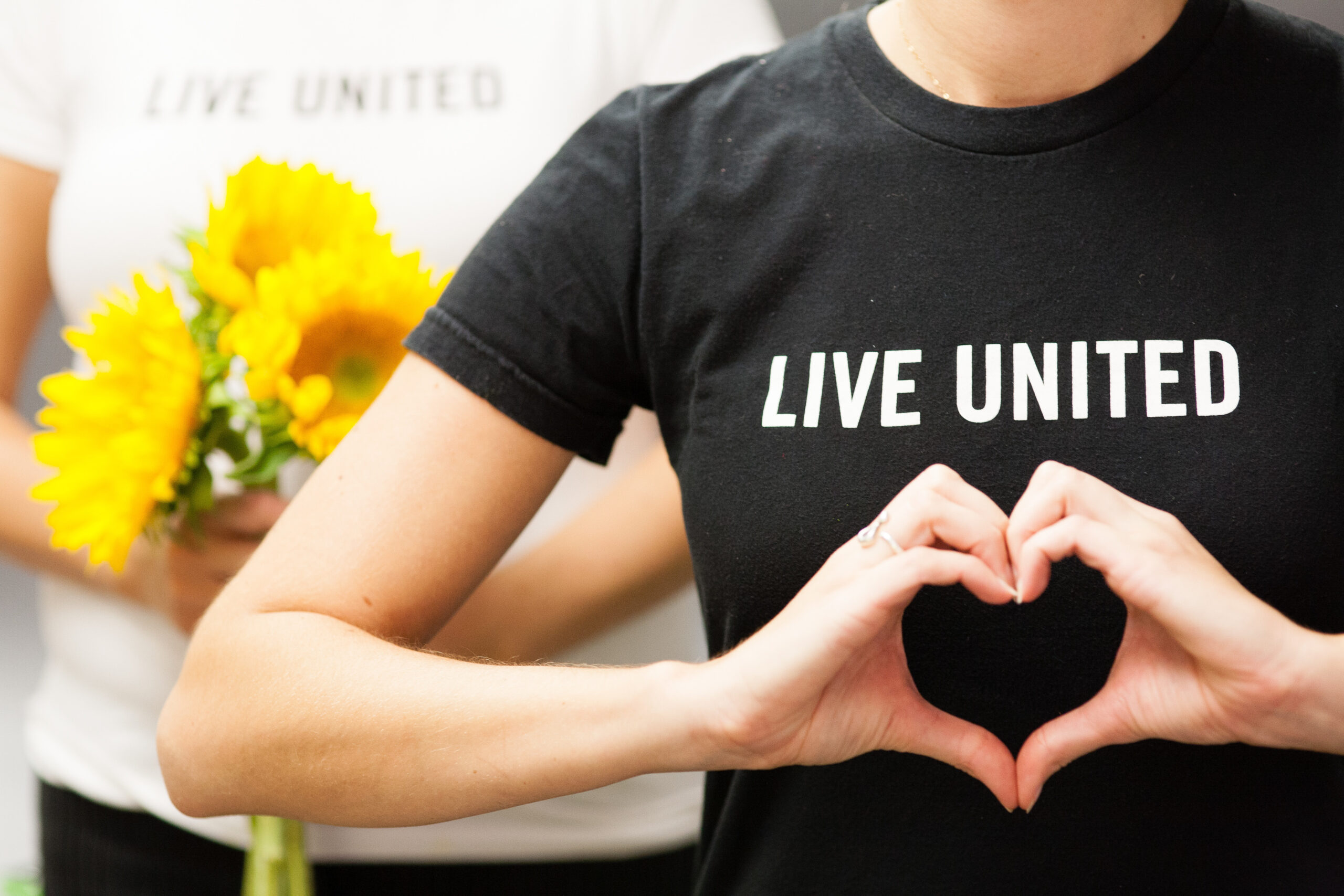An effective employee engagement program is a vital component of any company’s corporate social responsibility strategy. According to re:Charity, 71% of employees believe it’s important to work at companies that choose to give back to the community. With competitive advantage in the marketplace top of mind, now may be a good time for organizations to establish or evaluate their employee engagement plan.
Recent declines in giving from individual donors continues to follow a downward trend throughout the nonprofit community. In fact, according to the latest Giving USA report, donations from individuals declined by 6% (10% when adjusted for inflation) in 2022. Foundations and corporations are giving more, but still cannot make up for the loss in dollars from individual contributions. And, while the number of individual donors has gone down for nonprofits across the country, it’s worth noting that those who still give are choosing to give more. Remedying this trend can begin with employers helping employees re-commit to their prior giving routines through their company’s CSR and employee engagement opportunities, benefiting not just those served by the nonprofit community, but creating a thriving and more equitable community for us all.
There are many ways that companies and their employees can support nonprofit organizations. Perhaps employees choose to give back by volunteering their time, which is great for the community and great for business. The Boston College Center for Corporate Citizenship reports that 96% of companies find that employees who volunteer are more engaged than those who do not. While some choose to give back through their time, others may choose to offer financial pledges and gifts to organizations made available or suggested by their employer’s paycheck giving campaign through partners like United Way or others.
One way employers can entice employees to make charitable contributions is to offer a matching-gift incentive for any charity they choose. This helps the employee see their generosity go further and also allows the employee to feel supported in his or her philanthropic decision. Unfortunately, an estimated $4 billion to $7 billion in matching gift funds goes unclaimed each year, with 78% of employees unaware of their company’s matching gift programs, according to Double the Donation. Yet, with more than 26 million people working for companies with matching gift programs, the untapped financial realization of this combination is one that needs our attention. One suggestion is to bolster internal communication and remind employees about matching incentives to be sure they take advantage of the tremendous impact it provides the nonprofits they wish to support — especially for the 16% of employees who are aware their company has a matching-gift program but don’t know how to request or process a match.
It is also important that employers communicate their commitment to corporate social responsibility to stakeholders, not only internally but also externally. Talking about their commitment to social responsibility can even improve employer-employee relationships and recruitment of top talent. Specifically, a solid approach can improve employee retention rates, boost morale, build loyalty and increase motivation. Communicating this commitment externally shapes the public’s view of the organization and can lead to higher customer satisfaction and loyalty, increase sales and referrals, while also recruiting top talent to join the team.
Another aspect of designing an employee plan for giving back centers on the connections to the various causes promoted by the employer. Some employers choose to spotlight particular organizations, while others may feature a cause category — such as education, housing and homelessness, health or workforce development — providing several organizations that employees could choose to support. Offering general information about a particular cause or nonprofit is essential, but adding in “why” employers feel strongly about the cause or the mission of the nonprofit is key. Often, the more personal connection an employer has to a cause, the more of a connection the employees will have.
Whatever the approach, it’s important that organizations maintain it and focus on consistency throughout the year. Building a vision and culture that supports social responsibility has positive benefits for an organization’s employees, stakeholders and community partners. It’s a commitment that provides a significant return on investment for both the company and our community as a whole. When we partner and work to increase the resources of the nonprofit organizations working among and around us for the benefit of those who live, work and play in our community, we only improve the quality of life for all.
Employers Set the Example
The strategy employees are using to give back is partially tied to the example set by the organization for which they work. For example, when paid time off is given for employees to volunteer, they are more likely to take advantage of those opportunities. If donations come out of their paycheck, employees are more likely to give financially simply because of the convenience this option provides, coupled with matching funds that supplement their efforts.
Laura Kaiser is the chief corporate relations and brand officer at Valley of the Sun United Way. Valley of the Sun United Way envisions a community where every child, family and individual is healthy; has a safe place to live; and has every opportunity to succeed in school, in work and in life. As Valley of the Sun United Way works with its community, corporate and nonprofit partners to implement its five-year MC2026 plan for Mighty Change, it will put all its efforts toward reaching Bold Goals for Maricopa County in education, housing and homelessness, health and workforce development.

